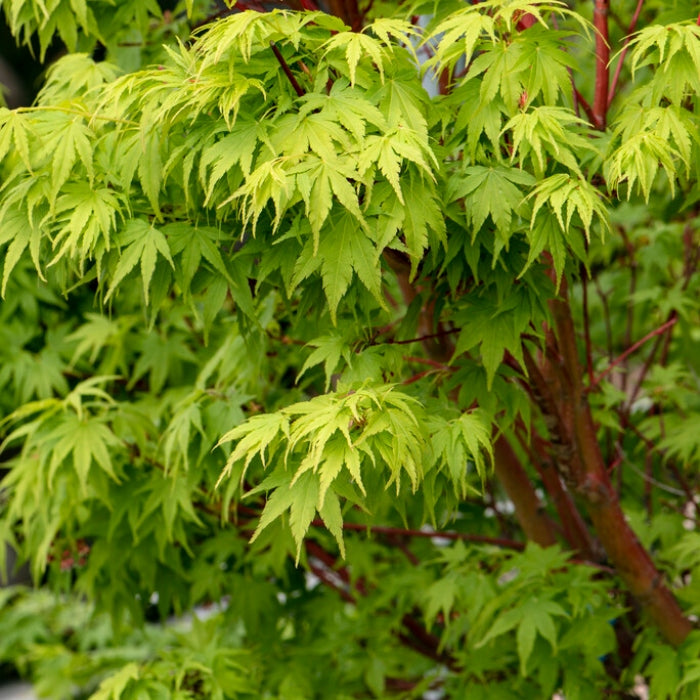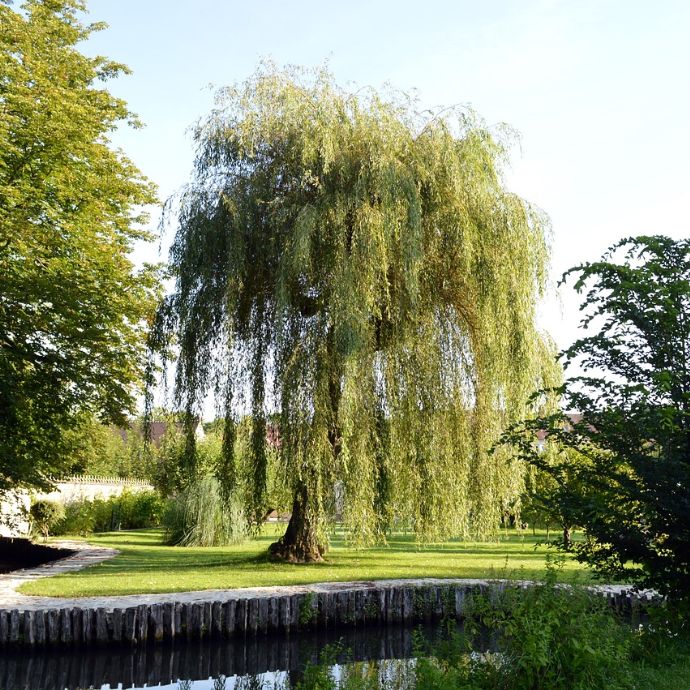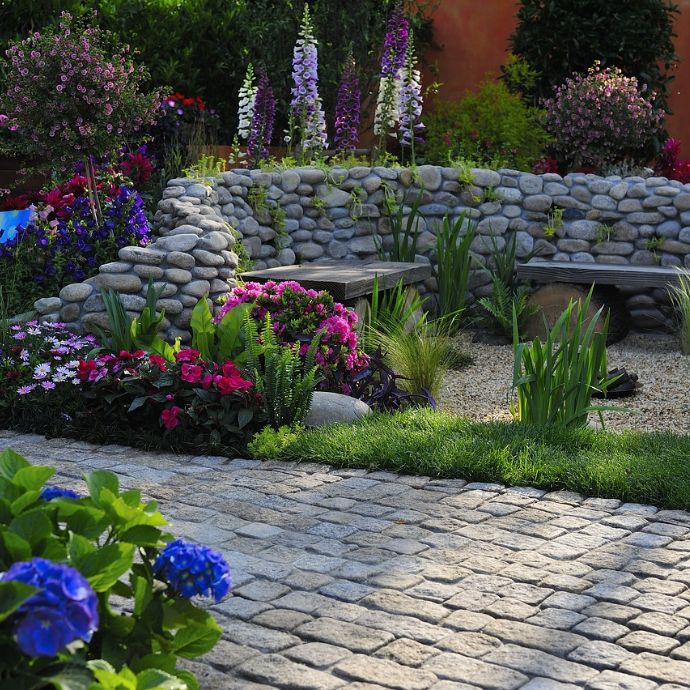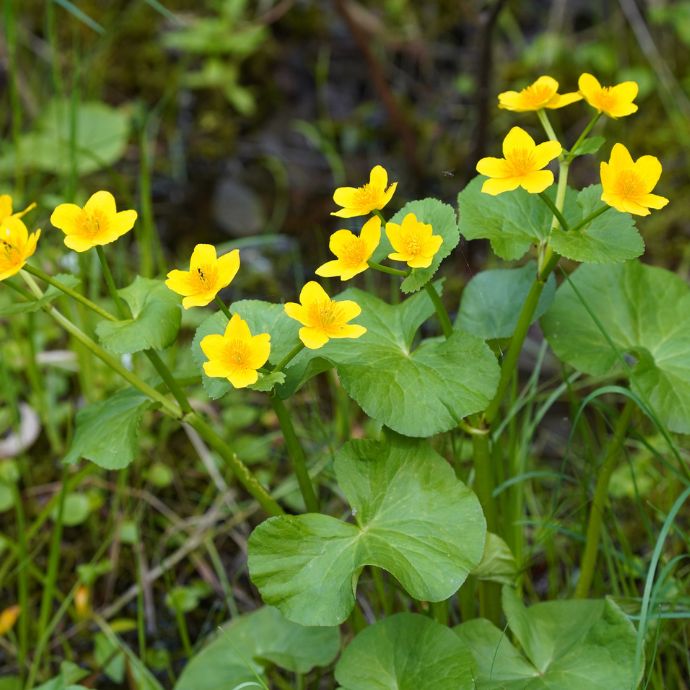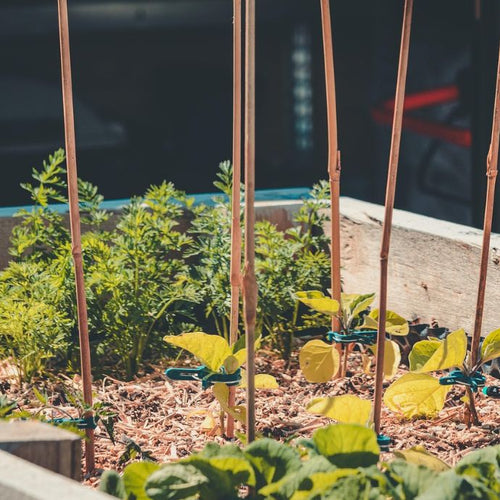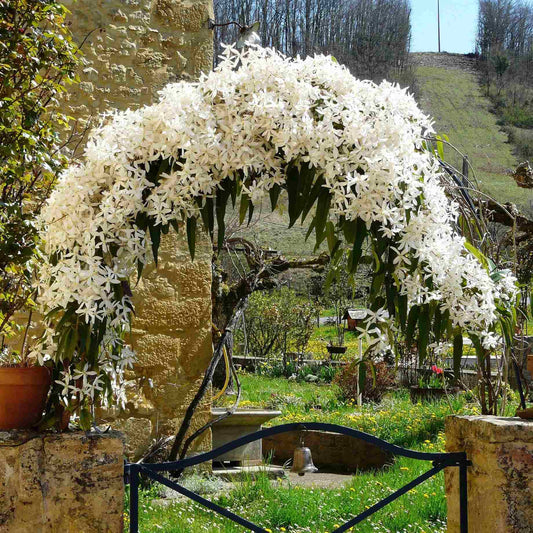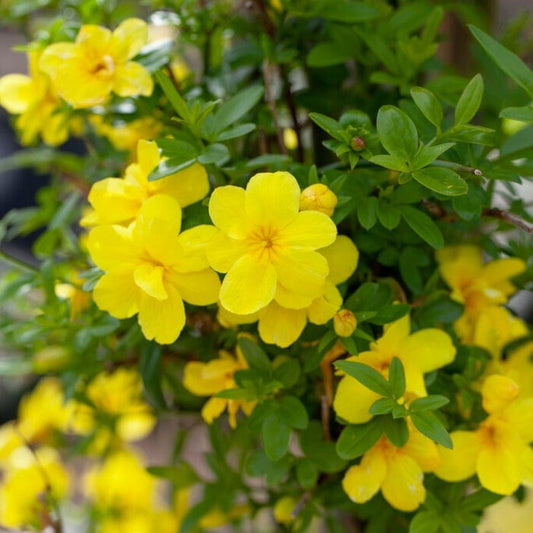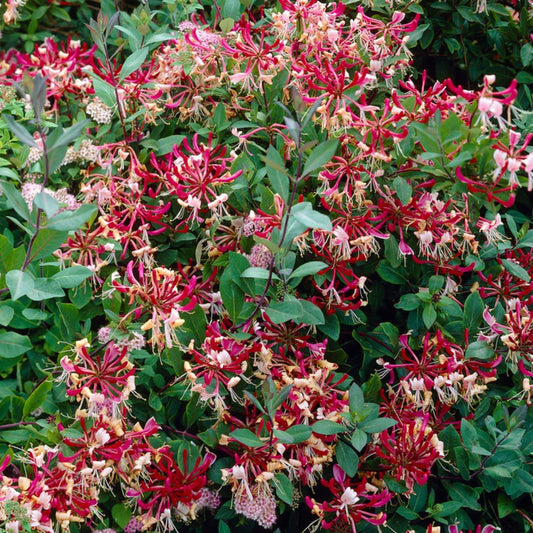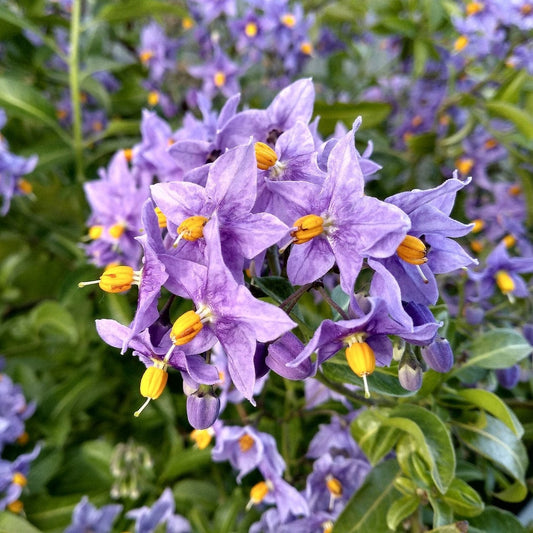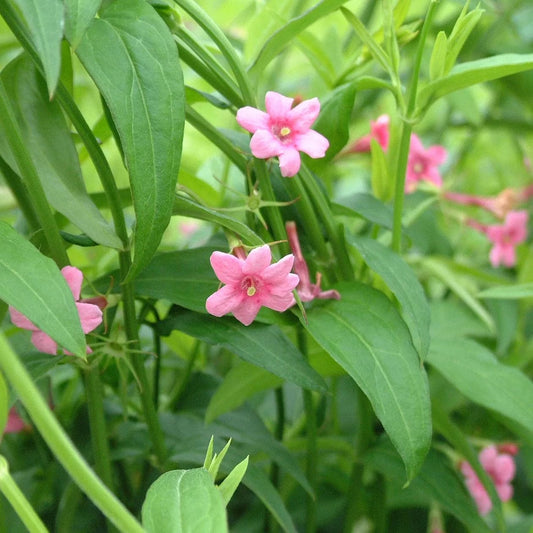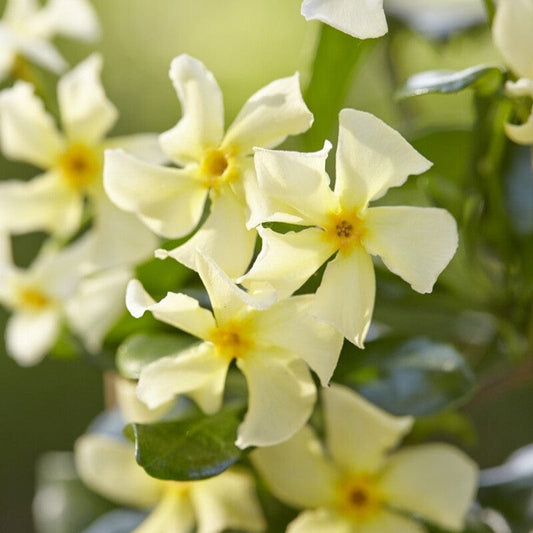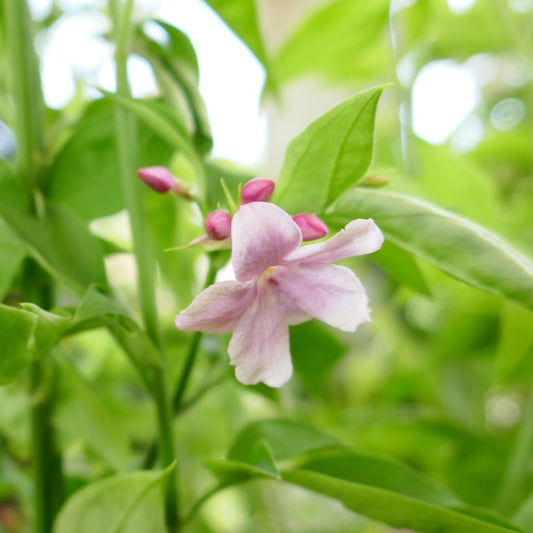Vertical Gardening: Making the Most of Limited Space

We live in a world with over eight billion other people. Of that world, over 70% is ocean – not great for gardening, unless you absolutely love pond plants (just kidding, of course). What I’m trying to get at (in a cack-handed sort of way) is that in the modern world, space can come at a premium, and many of us live in apartment towers or homes with only a very small outdoor space, in terms of available square footage.
That’s where the concept of vertical gardening can come in handy. In this post, we’ll be unpacking the principle in more detail, including what it is, why it’s beneficial and how to implement it in your own space.
Jump to:
- What is vertical gardening?
- The benefits of vertical gardening
- How to make a vertical garden
- Which plants work for vertical gardening?
What is vertical gardening?
Vertical gardening is exactly what it sounds like; it involves utilising a vertical plane to grow plants as opposed to the traditional method of planting at ground level in beds, borders and containers.
Typically utilising walls, fences, trellises and other upright structures, vertical gardening offers a way to maximise the space available to you, no matter how small that space might be. At its simplest, a vertical garden could be training a climber against a trellis, or opting for climbing vegetable plants for your harvests. It can quickly scale up in complexity, however.
At their most intricate, vertical gardens can involve fully-realised upright supports filled with (usually square) containers, in which plants are grown. If you’ve ever seen a tower block completely clothed in green, this is probably what you’re looking at.

The benefits of vertical gardening
The most obvious advantage of vertical gardening is that it enables people with limited outdoor space to do more with said space. It’s about gardening smarter and not necessarily harder. Another benefit is that vertical gardens look amazing! Unless you’re a fan of bare concrete – and I know some people genuinely are – a wall wreathed in greenery and flowers is going to be more aesthetically-pleasing.
Then we come to the topic of air quality. Through their conversion of carbon dioxide into oxygen and direct capture of pollutants, plants are known for their environmental benefits. This is of particular importance in urban areas, where coincidentally, you’re most likely to find vertical gardens, where air pollution is greatest.
The final major plus point to vertical gardens is their ability to affect wellbeing in a positive way. In the hustle and bustle of the modern world, taking a moment to enjoy being in the presence of plants, be they ornamental or edible, is wholly worthwhile.

How to make a vertical garden
So, you’ve identified you’ve got a wall or fence that’s calling out for some planting company. Or perhaps you’ve even got an old pallet you don’t know what to do with. Upcycling, ahoy… If you’re looking to grow a climbing plant, the easiest thing is to affix a wooden or wire trellis to your wall/fence. This provides a framework up and around which your plant(s) can grow.
Alternatively, you can purchase a purpose-designed vertical garden “pocket” hanging planter. These are typically made from plastic or cloth, and allow you more flexibility with regards to your planting. What these pockets offer is, in essence, a grid of hanging ‘pots’ that enable you to plant small perennials, fruit and vegetable plants. Strawberries are particular favourites for this method as they can trail over the sides of each pocket.

Vertical pallet garden
To make a mini vertical garden with a wooden pallet, you first want to sand it down to remove any chemical treatment the wood might have had applied to it. Next, prop up your pallet at a slight angle so that it doesn’t fall over. If you live in an exposed or particularly windy area, you might want to consider fixing the pallet itself to the wall.
Then, you want to add your pots; you can either go for a long hanging planter or individual, plant-sized hanging pots. You can easily find these online or at your local garden centre – they’re the sort you see hanging from railings with that little hook shape at the top. Make sure they’ve got a drainage hole, then fill with some balanced, multi-purpose compost (get peat-free, if possible). And that’s it, you’re good to plant!

Which plants work for vertical gardening?
Above, we touched on a few of the plant types that work in vertical gardens. Now, we’ll go into more detail. Let’s look at climbers first.
Climbers
If you just one or two plants to cover a vertical surface, then climbers are your best bet. We’re particular fans of clematises like 'Étoile Violette', ‘Rebecca’ and ‘Josephine’. Clematises do best with their vines in the sun and roots in the shade, so factor this in when choosing your plant. For an evergreen option, we’d recommend the fabulously fragrant star jasmine plant, while something like Virginia creeper works perfectly if you’re wanting fast growth. Check out our guide to the best climbing plants for a more detailed breakdown.

Other plants
If you want to populate your ‘living’ wall with more plants, then this next section is for you. First, let’s explore perennials – if your vertical surface is in full sun, then campanula, scabiosa and salvia all work well. For shadier spots, opt for striking foliage plants like heuchera and ferns, or the dainty flower spires of tiarella.
If you want to use your wall, fence or trellis for home harvests, then you can consider a grape vine, bush tomatoes (which trail nicely over the side of the pot/pocket) or dwarf cucumber plants. As referenced before, strawberries can also be a brilliant option.

Final thoughts
That wraps up our guide to vertical gardening; hopefully, having read this, you’ll have a better understanding of what it is, why it’s important and how you can implement it in your own garden at home. The sky’s the limit!
Last updated: 23/05/2025
